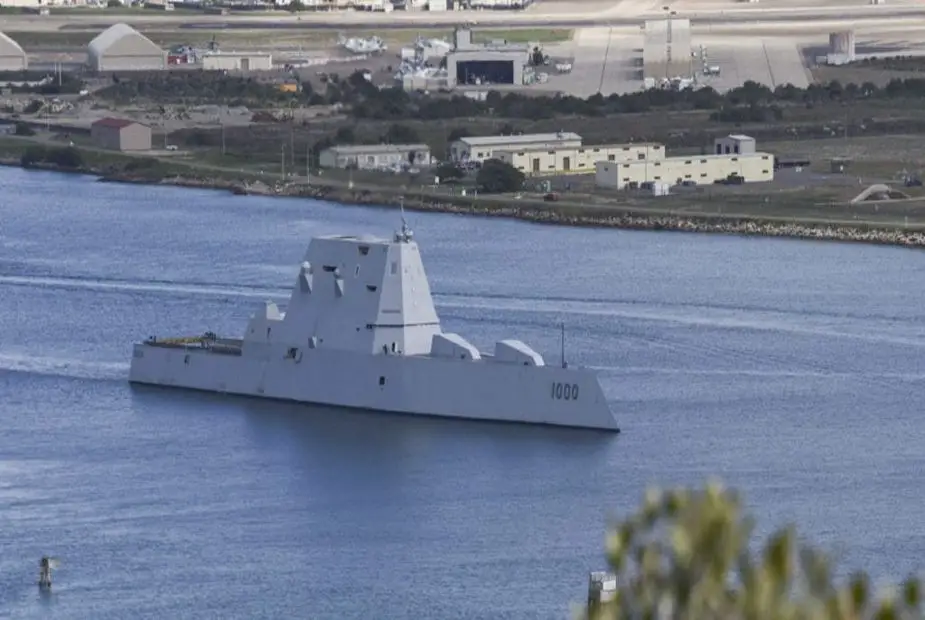Breaking news
US Navy to group Zumwalt DDGs, LCS test vessels and USVs in Development Squadron.
The U.S. Navy established a new unit at Naval Base San Diego on May 22 that will serve as a fount of experimentation for the surface warfare community to accelerate the lethality and combat readiness of the Navy’s surface warships.
 Guided-missile destroyer USS Zumwalt (DDG 1000) departing San Diego on March 8 (Picture Source: U.S. Navy Mass Communication Specialist 2nd Class Natalie M. Byers)
Guided-missile destroyer USS Zumwalt (DDG 1000) departing San Diego on March 8 (Picture Source: U.S. Navy Mass Communication Specialist 2nd Class Natalie M. Byers)
In a May 20 teleconference with reporters, Vice Adm. Richard Brown, commander, Naval Surface Force, U.S. Pacific Fleet, said that he was establishing Surface Development Squadron One (SURFDEVRON ONE) to execute operational testing and evaluation of new and emerging surface warfighting capabilities, to develop material and technical solutions to tactical challenges, and to coordinate doctrine, organisation, training, material, logistics, personnel and facilities requirements for unmanned surface systems.
“We want to rapidly be able to experiment and move at a faster pace,” Brown said, noting that the new squadron is modelled in part after the Navy’s submarine development squadron and unmanned underwater vehicle squadron.
Brown said the new squadron was a renaming and a repurposing of the “Z-RON”—the squadron for the two, soon to be three, Zumwalt-class guided-missile destroyers.
Brown said the Zumwalt class DDGs would still deploy with carrier strike groups in accordance with the Optimized Fleet Response Plan despite their assignment to the development squadron.
He said the Zumwalt DDGs were ideal for the squadron because if their advanced capabilities and potential. “There is no reason why a Zumwalt could not control USVs,” Brown said.
He also said he is working to get the Navy’s Sea Hunter medium-displacement unmanned surface vehicle (USV) transferred to the squadron from the Office of Naval Research. The Navy is experimenting with the Sea Hunter in the eastern Pacific to develop navigation capabilities, concepts of operation and sensor configurations for USVs. He also plans to assign the second Sea Hunter now under construction to the squadron.
Brown expects that the Large USVs (LUSVs) and Medium USVs (MUSVs) that are envisioned for the fleet in the 2020s will be assigned to the development squadron as well. The concept of operations of these USVs include the possibilities of being controlled by another ship, a strike group commander or a fleet commander.
The growth of Surface Development Squadron One will be in phases. Phase 1, the name change from Z-RON and the leveraging of the Zumwalt-class DDGs, will be complete by the end of fiscal 2019. Phase 2 will be about building capacity, Brown said, including the absorption of the two Sea Hunter USVs. Phase 3, expected to begin in 2024, will involve addition of the new LUSV and MUSV.


























